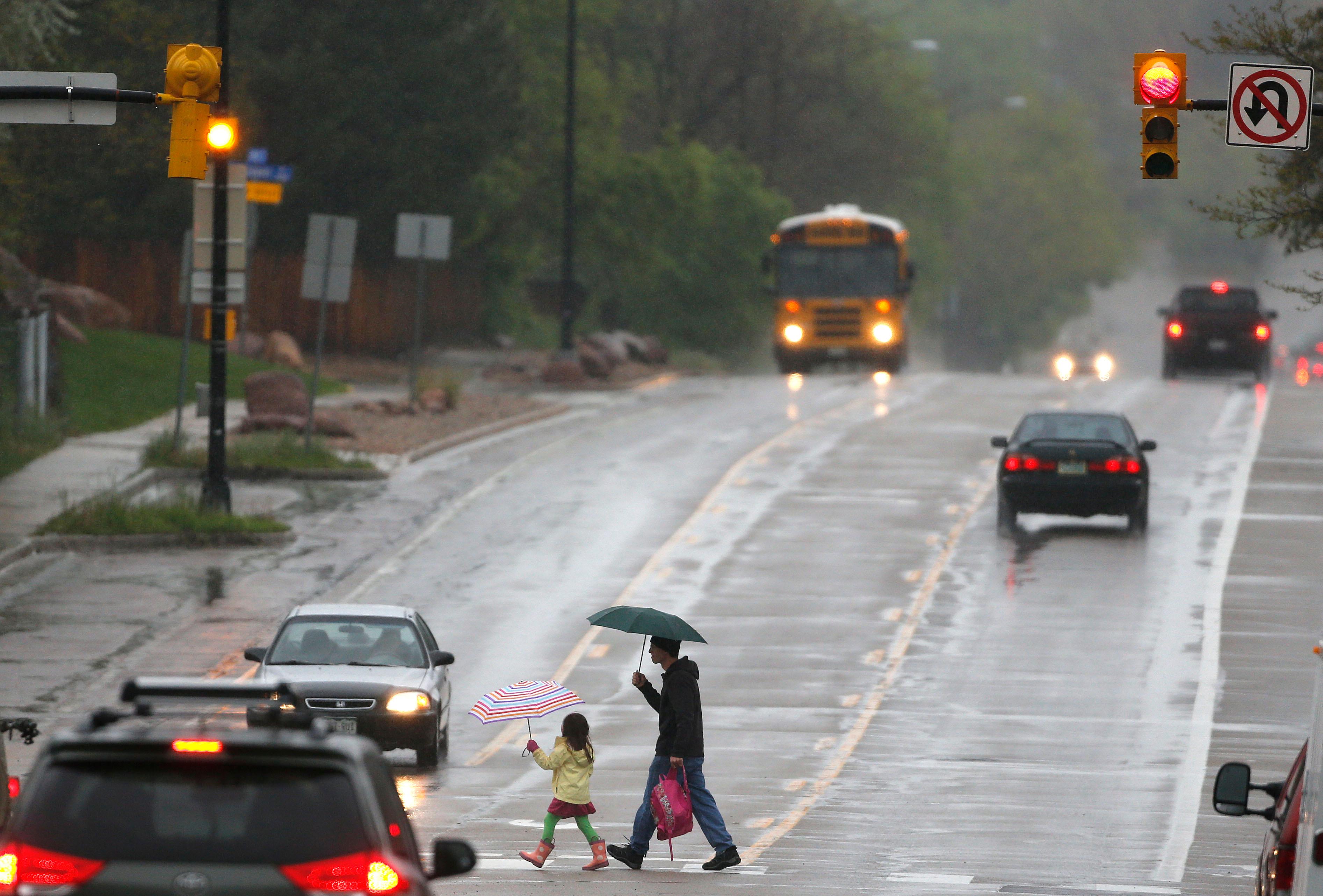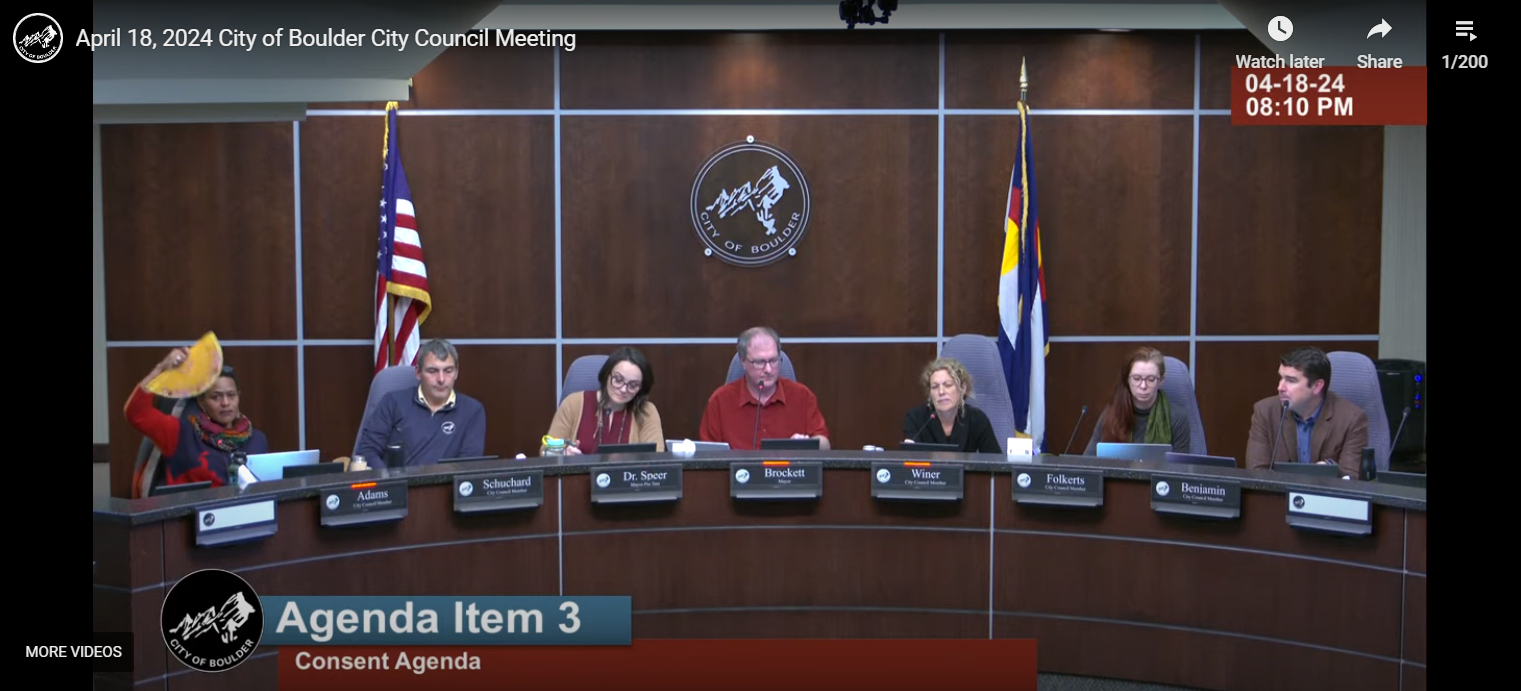Counterintuitive as it may say sound, families at the very bottom of the economic ladder actually pull in less government assistance than those hovering at or slightly above the poverty line, The New York Times reports.
“Most observers would think that the government should support those who have the lowest incomes the most, and provide less help to those with higher incomes,” Robert A. Moffitt, an economist at Johns Hopkins University, writes in a forthcoming article in the journal Demography. “But that is not the case.”
Those seeing more assistance since the mid-1980s include the disabled, the working poor and married couples with children, while "the numbers look very different for those scraping along at the bottom, generally unemployed single mothers with children. Their benefits declined in real terms by about one-third."
Read the full story in The New York Times. And follow CPR's exploration of childhood poverty in Colorado.









